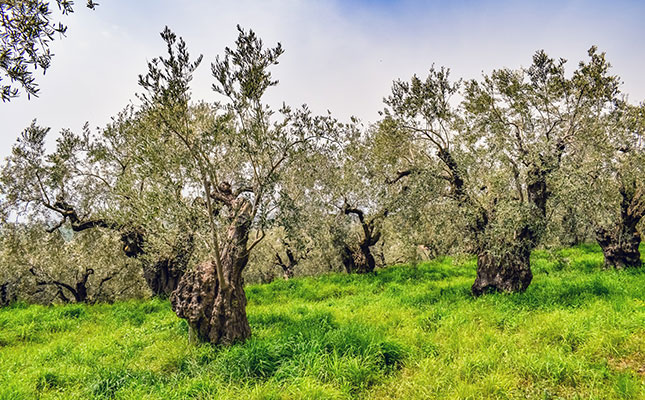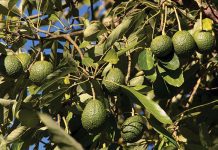
Photo: Pixabay
The deadly Xylella pathogen poses a “very serious threat” to the EU’s olive industry, with countries in southern Europe most at risk.
The European Food Safety Authority (EFSA) is using computer modelling to understand how the Xylella fastidiosa bacterium spreads, but there is currently no known cure for infected plants.
Experts have described Xylella as one of the “most dangerous pathogens worldwide”.
The disease was first detected in 2013, when an outbreak was recorded in Puglia in southern Italy, and large numbers of ancient olive trees died.
It had been estimated that more than a million trees or 10% of the total olive tree population in the region had now been infected, according to EFSA.
Described as one of the “most dangerous pathogens worldwide”, the disease had since spread to other European countries, including Spain, France and Portugal.
In its latest report, EFSA warned that strains of the bacteria could potentially spread further throughout Europe, including to the northern regions.
“One of the problems with Xylella is that is a bit of a silent spreader,” explained Dr Stephen Parnell of the University of Salford in Manchester in the UK and chairperson of EFSA’s working group on Xylella fastidiosa pest risk assessment.
“You can have different lengths of time it can remain hidden. For example, in olive trees it can remain hidden for a year or more.
“That sort of information is really important when you try and design ways to detect the disease in new areas.”
“The only way to eradicate or slow down the spread is to remove the inoculant source.
“However, there are other things you can do, such as control the vector population and remove the weeds where the vectors can live.”
“What we were able to do was to simulate the spread of Xylella at an orchard scale and at a landscape scale, and to use that information to test out the effectiveness of certain control methods,” Dr Parnell said.
He warned that if the disease spread more widely, it could potentially devastate the EU olive harvest.
The EU is the largest producer and consumer of olive oil globally. According to the European Commission, the EU produces 73% of the world’s olive oil and consumes 66% of it.













